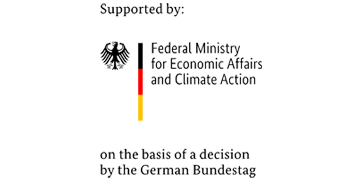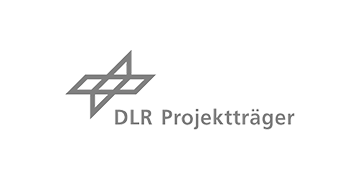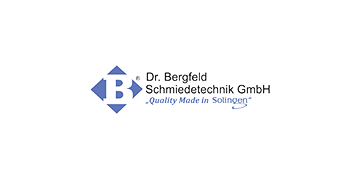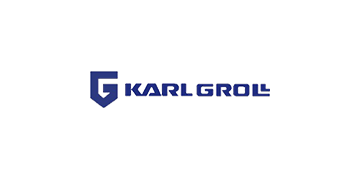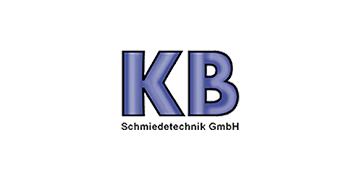| Theme | Tool- and Mold-Making, Forming technology |
|---|---|
| Project title | Batch size optimized use of tools in hot bulk forming (LöWe) |
| Project duration | 01.09.2015 – 31.08.2017 |
| Results | |
| Download | |
| Press release |
- Sorry, no events available.
- 01.12.2016
- Lindenhof 32, 42657 Solingen
- 26.04.2016, 09:00 h - 11:00 h
- IPH – Institut für Integrierte Produktion Hannover gGmbH, Hannover
Publications about the project
Tool wear is of great economic relevance for forging companies. In addition to the maintenance costs, wear-related rejects are also produced. In the course of the research project “Processes for lot sizing planning in consideration of abrasion”, a method was developed for the determination of component-specific cost functions depending on the tool wear. The method allows the determination of a lot size, that leads to a most cost saving production.
lot sizing planning, tool wear, method, software demonstrator, forging tools
Lot sizing is an important task of production planning and control: basis of lot sizes are order change costs and costs for storage. Models for lot sizing do not consider lot size dependent maintenance costs. However, for a forging company the tool wear is very important, because the tooling costs represent a major part in the production cost. In this article, the deter-ministic lot size model of Andler is extended with lot size dependent maintenance costs. For this purpose, the correlation between lot size and the tool wear is ?rst derived in order to develop a lot size dependent wear function. The linking of a lot size dependent wear function with maintenance costs results in a lot size dependent maintenance cost function, which can be integrated into existing lot size models with a customized total cost function. The validation of the extended lot size model consists of two parts. In the ?rst part, the functionality of the extended lot size model is validated. In the second part, a sensitivity analysis of the lot size is carried out with regard to lot size dependent costs and unit costs.
lot sizing, tool wear, forging industry, sensitivity analysis
High temperatures up to 1280 °C and high pressures during the forming opperation lead to strong tool wear in forging processes. Increasing tool wear can lead to very high costs. By experiments conducted at the Institut für Integrierte Produktion in Hanover the correlation between tool wear and lot size in hot forging processes was verfied. The findings will help companies to optimise maintenance procedures and therefore reduce cost in the future.
forging, steel, tool wear, lot size
Considering production planning and control, lot sizing is a very important task. Lot sizes are usually resorted to lot size dependent order and storage costs. However, models for lot sizes ignore the aspect of lot size dependent maintenance costs. For forging companies the tool wear has a great economic importance, because the tooling costs represents a major factor in production costs.
production planning and control, lot sizing, process stability


